Archaeologists excavate hill adjacent to ancient mine previously yielded salt mummies
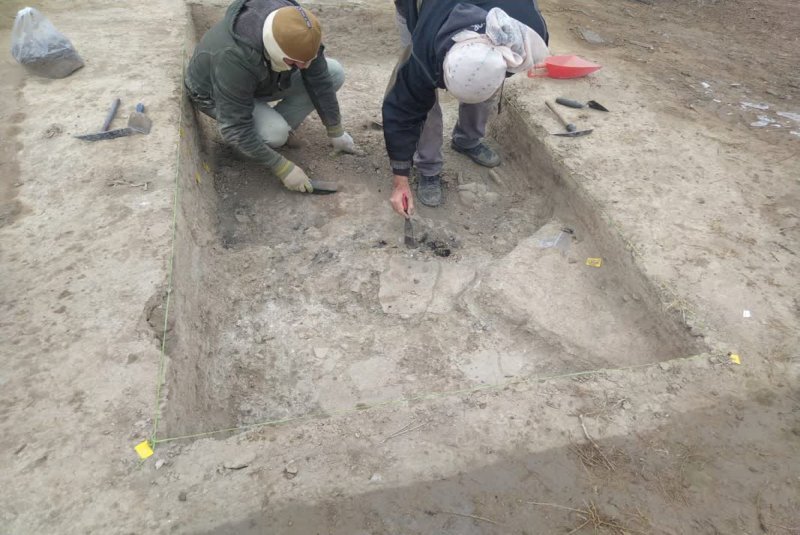
TEHRAN – A team of Iranian archaeologists has commenced an exploratory excavation on a sloping hill situated near an ancient mine that previously yielded well-reserved corpses of entrapped miners.
The survey is aimed to explore any possible connections existing between the hill and the ancient mine, archaeologist Abolfazl Aali said on Saturday.
Authorized by the Research Institute for Cultural Heritage and Tourism, the excavation seeks to probe possible traces of ancient people at Tepe Cheharabad, which is situated near the Cheharabad mine of Zanjan province, the expert explained.
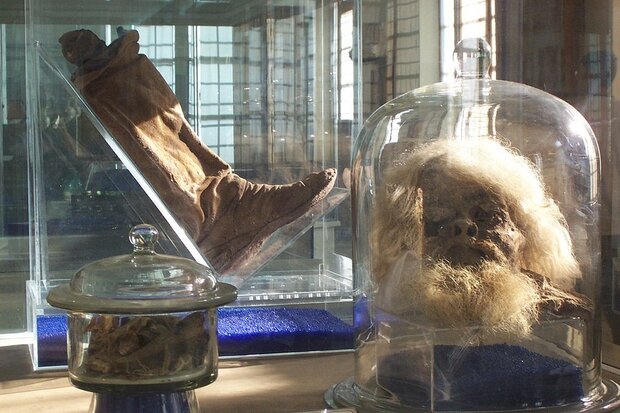
“Current explorations can be a good step in increasing information in the northwestern region of the country, especially Cheharabad mine,” he noted.
Previous rounds of excavations of the mine yielded some well-preserved salt mummies and their belongings from 1993 onwards. The findings have been put on a show at the National Museum of Iran, Zanjan’s Zolfaghari Archaeological Museum, and joint Iranian and German exhibitions under the names “Man in Search of Resources” and “Death in Salt.”
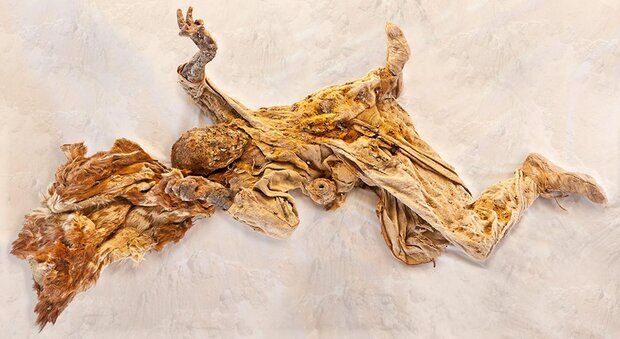
The hill is one of the 18 historical sites identified near the Cheharabad salt mine, which is aimed to be investigated the possible connections with the mine in Zanjan, the archaeologist said.
Currently, six top archaeologists from Zanjan province are digging into the hill through a trench carved on the hill, which its history is estimated to date back to the Sassanid era, Aali said.
What was a catastrophe for the ancient miners has become a sensation of science. Sporting a long white beard, iron knives, and a single gold earring, the first salt mummy was discovered in 1993. He is estimated to be trapped in the mine in ca. 300 CE. In 2004, another mummy was discovered only 50 feet away, followed by another in 2005 and a “teenage” boy mummy later that year.
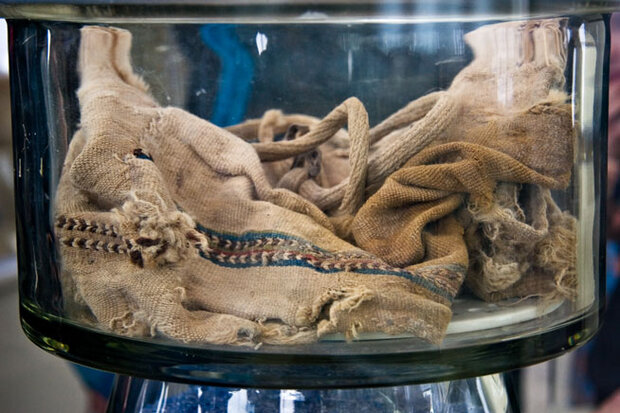
In 1993, miners in the Douzlakh Salt Mine, near Hamzehli and Chehrabad villages, accidentally came across a mummified head. The head was very well preserved, to the extent that his pierced ear was still holding the gold earring. The hair, beard, and mustaches were reddish, and his impressive leather boot still contained parts of his leg and foot, according to the Ancient History Encyclopedia.
The first mummy dubbed the “Saltman” is on display in the National Museum of Iran in Tehran. He still looks very impressive. The third, fourth, and fifth “saltmen” were also carbon-dated. The third body was dated and placed in 2337 BP, the fourth body in 2301 BP, and the fifth mummy was dated to 2286 BP, placing them all in the Achaemenid period.
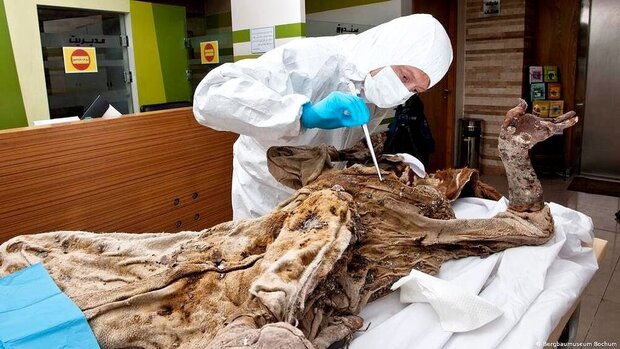
The isotopic analysis of the human remains revealed much information about the salt mummies. Besides, the archaeological finds, such as animal bones found within the context of the saltmen, showed that the miners might have eaten sheep, goats, and probably pigs and cattle, as well. The archaeobotanical finds recorded showed different cultivated plants were eaten, indicating an agricultural establishment in the vicinity of the mine.
The wealth of fabric and other organic material (leather) worn by the saltmen have allowed a thorough analysis to be undertaken, detailing the resources used to make the fabrics, the processing, the dyes used to color the fibers of the garments, and not least they offer an excellent overview of the changes in cloth types, patterns of weaving, and the changes of the fibers through time.
AFM
Leave a Comment